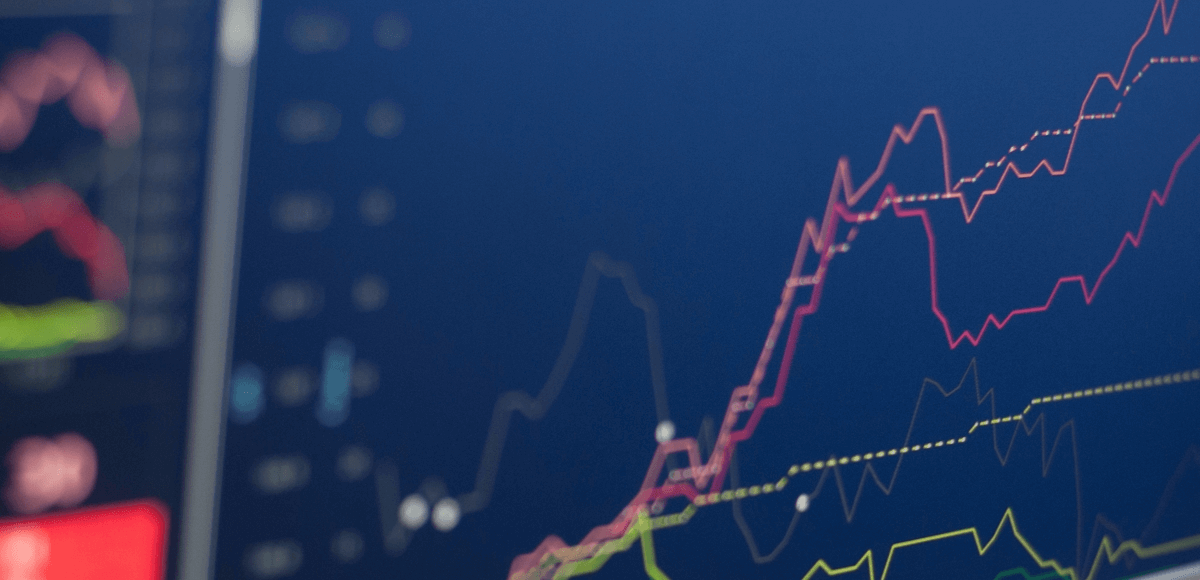In the thrilling world of currency trading, the concept of “exposure” reigns supreme, shaping decisions and determining outcomes. Comprehending the nature and implications of exposure is vital for any trader who seeks success. This comprehensive guide will delve into the depths of exposure in Forex, providing invaluable insights into one of the most pivotal aspects of currency trading.

Image: www.moneycorp.com
Defining Exposure in Forex
Exposure in Forex refers to the degree to which a trader’s portfolio is impacted by fluctuations in currency exchange rates. It measures the potential gain or loss that a trader may experience as a consequence of these fluctuations. Exposure can be quantified in monetary terms, representing the amount of funds that are at risk in a given trade.
Types of Exposure in Forex
1.Transaction Exposure: Arises when a trader enters into a currency transaction and settlement occurs at a later date. The discrepancy between the transaction date and settlement date creates the potential for exchange rate fluctuations to affect the trader’s profitability.
2.Translation Exposure: Occurs when a company has operations in multiple countries and uses different currencies for accounting purposes. Changes in currency exchange rates can impact the company’s financial statements, potentially altering its profitability and asset values.
3.Economic Exposure: Influences a company’s overall financial performance and competitive advantage due to exchange rate fluctuations. It encompasses the broader economic implications of currency exchange rate movements on sales, costs, and investments.
Managing Exposure in Forex
Managing exposure is paramount for traders to minimize risk and enhance profitability. Several effective strategies can be employed:
1.Order Placement: Place stop-loss orders and take-profit orders to define risk tolerance and limit potential losses.
2.Hedging: Use financial instruments, such as forward contracts or options, to offset the exposure created by an underlying investment.
3.Currency Matching: Match assets and liabilities that are denominated in the same currency to mitigate the impact of exchange rate fluctuations.
4.Diversification: Spread investments across different currency pairs to reduce the overall exposure to any single currency.
Benefits of Understanding Exposure in Forex
1.Risk Management: A clear understanding of exposure enables traders to identify and manage potential risks, protecting their portfolios from adverse market movements.
2.Informed Decision-Making: Knowing exposure helps traders make informed decisions about the size and direction of their trades, maximizing potential returns.
3.Increased Profitability: By effectively managing exposure, traders can minimize losses and increase profitability through strategic hedging and diversification.
Conclusion
Exposure in Forex is a multifaceted concept that profoundly affects the outcomes of currency trading. By grasping the essence of exposure, traders gain the power to navigate the dynamic Forex market with informed strategies that minimize risk and enhance profitability. Remember, understanding and managing exposure is not just a prudent practice but a crucial skill for success in the world of Forex.

Image: www.protradingschool.com
Meaning Of Exposure In Forex






